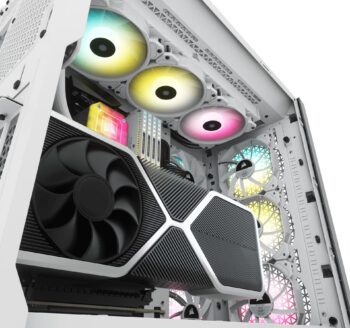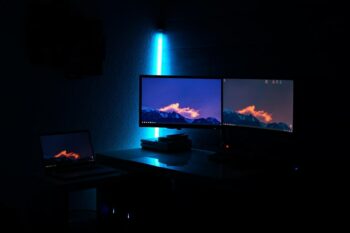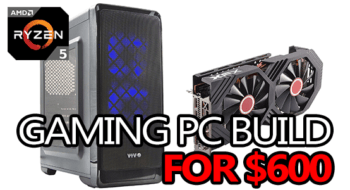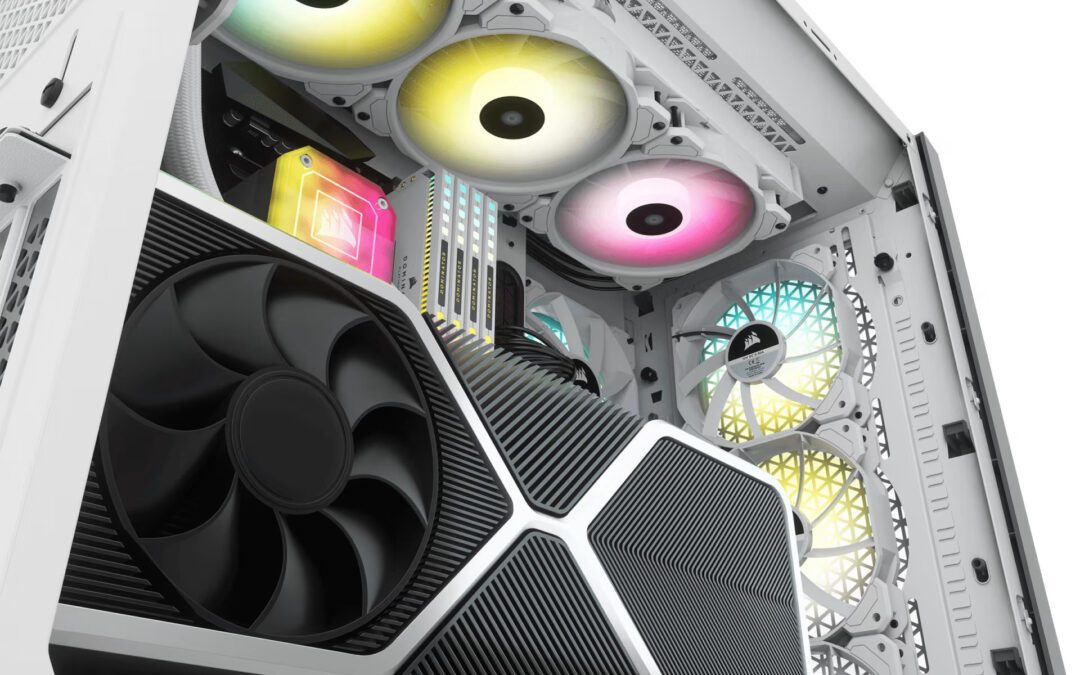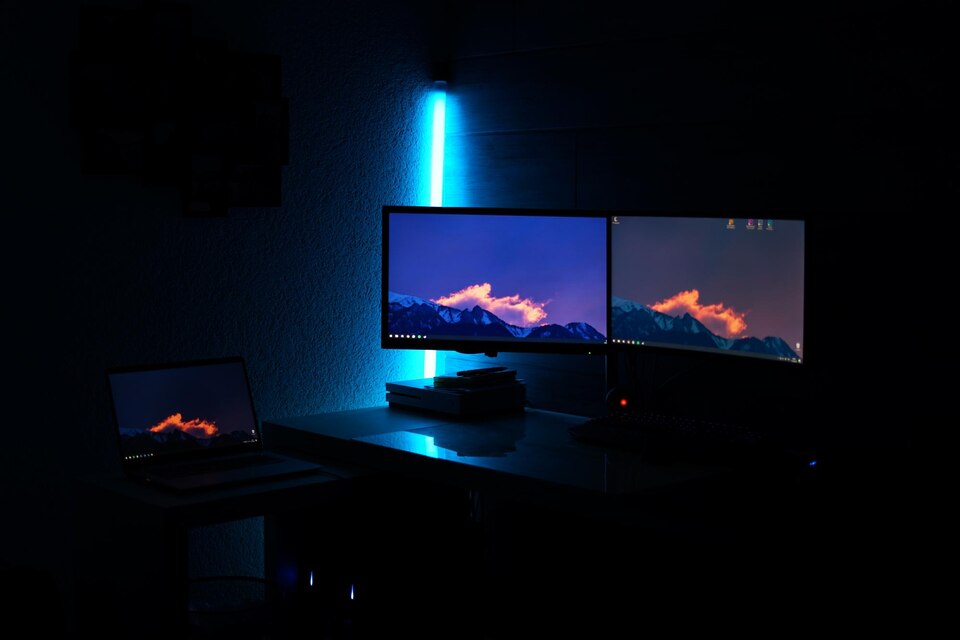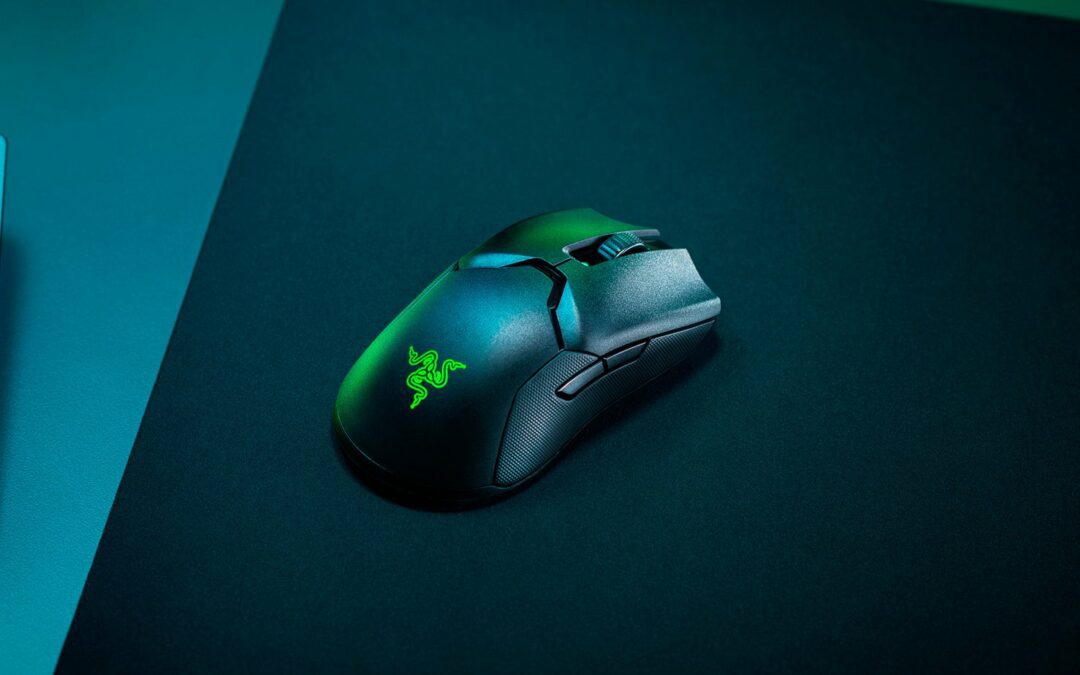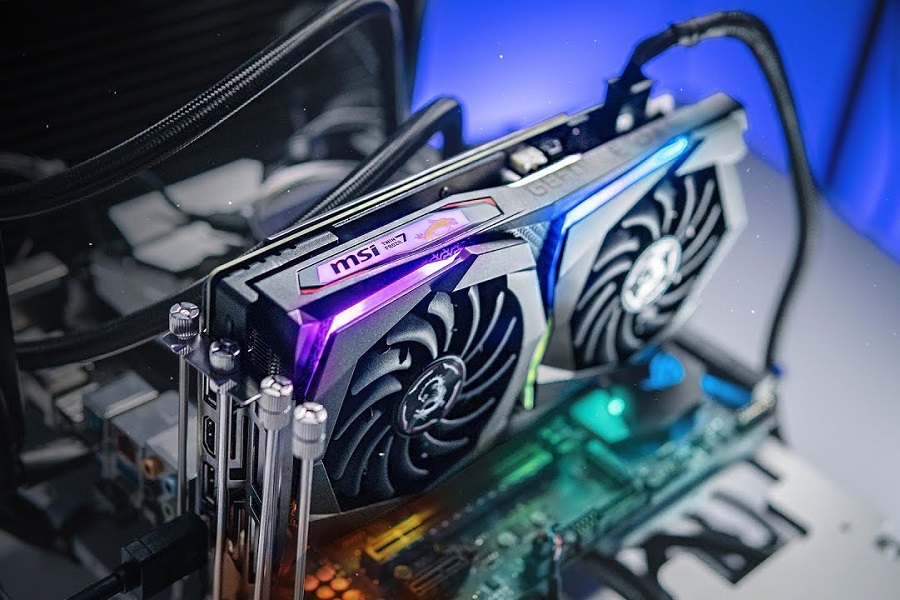
You would have heard about GPU Scaling to improve the graphical performance of games on a PC. If used appropriately,
GPU scaling can improve the overall gaming experience, especially if you are into older, indie video games. However, before you follow a tutorial on how to enable GPU scaling, you should understand whether you need GPU scaling in the first place.
You should also see if the GPU on your PC supports this option and the impacts GPU scaling might have on aspects like FPS, aspect ratio, and input lag of the game.
However, in this ultimate guide to GPU scaling, we have answered all these questions that you might have. After reading this, you should have a pretty decent idea of whether and how to enable GPU scaling on your PC. And we will start with the basics.
What Is GPU Scaling?
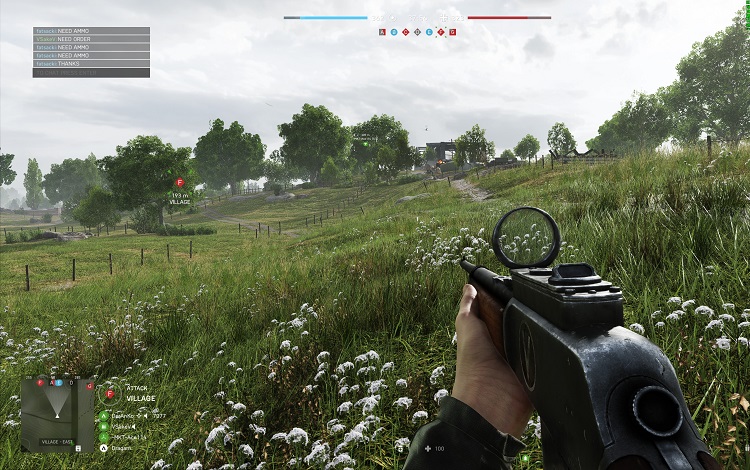
GPU scaling is a feature available in select GPU models that optimizes the aspect ratio of a game so that the content looks better on the screen.
When you play a video game with GPU scaling enabled, you will notice improved visual quality.
However, this does not mean that every video game can offer higher-quality on-screen content when GPU scaling is enabled. It does not work that way. If the game runs on an optimized aspect ratio, you do not have to enable GPU scaling in the first place.
Instead, it is recommended only when a game runs on a lower aspect ratio by default, and the GPU has to work overtime to stretch it to something high. This will happen if you play many old and indie titles from the industry. As we said earlier, these games may use the 5:4 or 4:3 aspect ratio by default.
However, given that most modern displays use a 16:9 or 16:10 aspect ratio, these titles may not look good on modern PCs. You may notice pixelated and blurred images, for one.
GPU scaling fixes this problem very intelligently. Depending on the GPU scaling mode you have selected, a GPU can manipulate the aspect ratio of a game to improve how the content looks on-screen.
For instance, if you are using a widescreen monitor for your gaming PC setup, GPU scaling will help you run the indie title without the problems mentioned above. As you can see, GPU scaling’s effectiveness depends a lot on the game you have chosen.
How to Enable GPU Scaling?
As you can guess, the steps to enable GPU scaling vary based on the GPU that you have.
We will look at GPUs’ steps from one of the most popular makers, AMD. If you have an AMD-made GPU, you might have to choose between two available options as well.
Enable GPU Scaling via AMD Catalyst Control Center
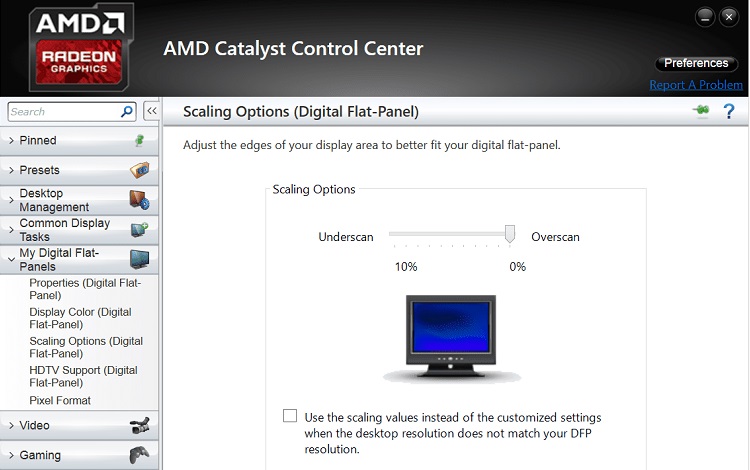
- You have to right-click on your PC Desktop and select AMD Catalyst Control Center from the menu.
- You can then choose My Digital Flat-Panels 🡪 Properties from the sidebar
- AMD Catalyst Control Center will show you the details about the display on the screen that appears next. From the second subsection, you can choose Enable GPU up-scaling.
- From the options below, you have to select the Preferred Scaling Mode.
- Once you have made the selection, click on Apply to enable the changes.
Your display may turn off for a few seconds and come back up with the settings you have selected.
Enable GPU Scaling via AMD Radeon Graphics
- Right-click on the desktop and choose AMD Radeon Settings from the top
- Go to the Display tab on the window and Turn On GPU Scaling.
- You can also choose the Scaling Mode from the next sub-tab
Once again, your display may turn off for a while and come back up. When it does, you should see the scaling.
Enabling GPU Scaling on NVIDIA GPUs

Enabling GPU scaling on NVIDIA GPUs is a complicated affair for the most part. This is because NVIDIA does not offer the feature on all its GPU models. Unlike AMD’s case, where we found the control panel option, the NVIDIA control panel does not straightforwardly offer this option. Here is what you can do about this, though.
If you want to enable GPU scaling for a game, you can check the manual methods. It means you cannot press a button and make the changes. You will have to change the screen’s aspect ratio by going to the Settings section if there is one.
The problem here is that you may run into many issues, including erratic display issues. You should be prepared to handle them if you plan to turn on GPU scaling manually.
If you have a compatible GPU, enabling GPU scaling is not a big deal. You can finish the process in a couple of steps. However, before you do this, you should know how GPU scaling may affect your gameplay.
Does GPU Scaling Affect FPS?
Unfortunately, GPU scaling will affect the FPS during the gameplay.
Here is why: when you have turned on GPU scaling, the GPU needs to work overtime to stretch the lower-aspect-ratio game to run at a high aspect ratio. Now, this process is not only time-consuming but also requires a considerable amount of power. Since the GPU has to do this job, it will impact its overall FPS.
If you are playing a game that relies on a higher FPS for smooth gameplay, this could be a problem. However, this scenario is improbable since modern games are already optimized to run on monitors with high aspect ratios like 16:9 and 16:10. Therefore, the chances of you needing GPU up-scale an online or co-op game are meager.
Long story short, you don’t have to worry about FPS when enabling GPU scaling. You will use GPU scaling with older games that still run on a lower aspect ratio, right?
With some generalization, we can say that the impact of GPU scaling on FPS would not be a problem for you. If you play a game that is an exception to this notion, you can always turn off GPU scaling depending on what you want.
What Does Scaling Mean in Graphics?
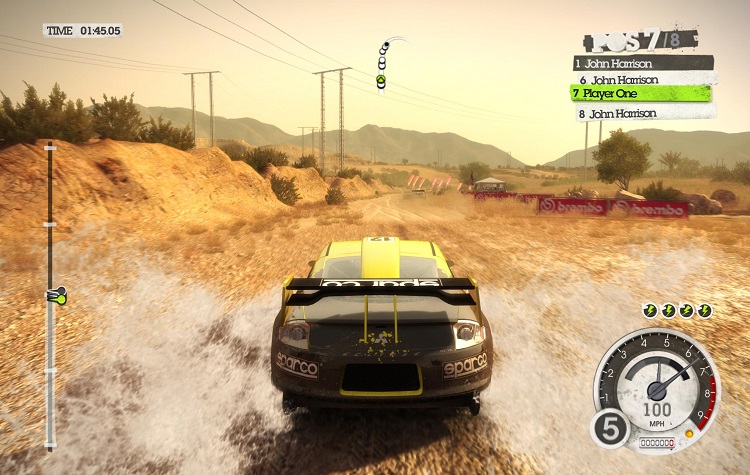
In computer graphics, scaling refers to changing the size of objects. It is worth noting that the change in size could happen either way. If the scaling process increases the object’s size, the process is called upscaling.
However, if the change occurs in the opposite direction, it will be called downscaling. Both types of scaling will take place when it comes to video games and consumer graphics. It is mostly done to improve the visual experience offered by a game or a program.
It is worth noting that scaling can happen at different stages of development. For instance, those who start their programming language learning with C++ can also perform graphics scaling from the proper environments.
However, depending on the environment and language, multiple factors would be considered before an object is scaled. In the case of video games, scaling would depend on many factors like the aspect ratio of the screen and its resolution.
Disadvantages of GPU Scaling
GPU scaling is not a perfect process by any standard. Depending on the computer and the game you have at your disposal, GPU scaling can cause some problems to the gameplay. Some of the common disadvantages are as follows.
Before we explore the difficulties, we have to mention that GPU scaling does not work if you are using VGA to connect the monitor to the computer. One of GPU scaling prerequisites is that you should be using HDMI, DVI, DisplayPort, or Mini DisplayPort.
Because the changes are made by the GPU on the system, only a digital channel can make the changes super-quickly on the screen.
- Input Lag
Input lag refers to the situation where there is a delay between your keystroke/movement and the change in the game. This will happen when the GPU takes time to reflect the game’s corresponding changes.
When you have enabled GPU scaling, the chances of input lag will also increase. It happens because the GPU has to scale the content to a bigger aspect ratio before the updated content can be displayed.
You may not notice input lag when the game handles pre-recorded video. However, you would notice a kind of delay in competitive gameplay. Once again, however, we need to consider where you will be possibly using the GPU scaling feature.
Provided that you will be using GPU scaling with older games, the input lag will not be a significant issue. This is also the reason you should not enable GPU scaling with modern games.
- FPS Issues
Just like input lag, FPS is also affected by the extra power the GPU consumes for scaling. Even when you are playing an indie game, you can expect a noticeable difference in the FPS of the gameplay.
As long as these titles do not require consistent and rapid keystrokes, you would not notice. However, if you notice these changes in an exceptional case, you should turn off GPU scaling.
- Black Bars
As we said earlier, the GPU will find options to run the indie game in the smoothest aspect ratio. However, to achieve this, some black bars may appear on the left and right sides of the screen.
For instance, if the indie game has an aspect ratio of 4:3, the GPU will create a corresponding box within the main display. These black bars may not be so convenient for those who need an immersive gameplay experience, though.
As you can see, there are a number of technical disadvantages to GPU scaling. Nevertheless, you can ignore most of these issues as long as you stick to indie gaming titles. These titles will work fine even when there is a drop in FPS and an increase in input lag. To sum up, you don’t need to worry about these issues.
Does NVIDIA Have GPU Scaling?
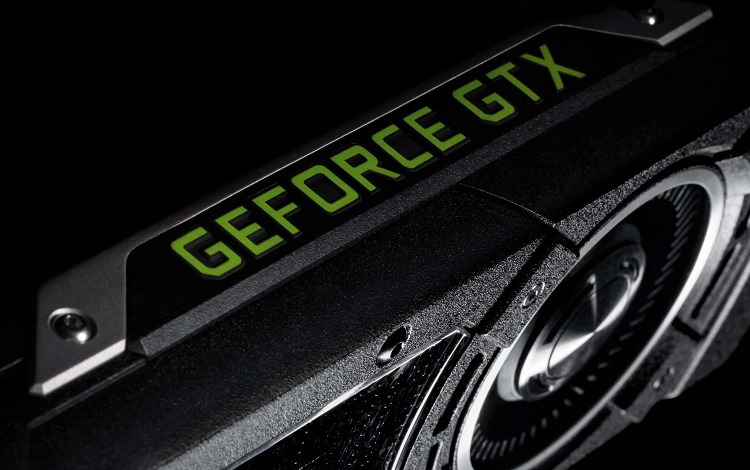
As we mentioned earlier, GPU scaling on NVIDIA GPUs is a complicated thing. Unlike AMD, the manufacturer does not include a straightforward enable button on the control panel.
However, this may not be the case if you are using an old GPU from NVIDIA with older software drivers. If you have upgraded to the latest driver software, GPU scaling becomes a tough task. In most cases, you need to follow a manual method to achieve GPU scaling.
The problem is that those who are new to gaming PCs and monitors may find this task tiresome and complicated. There are also higher chances of risk when you follow a manual GPU scaling method.
Therefore, you should check out the tutorials and community posts from NVIDIA before you enable GPU scaling on the GPU that you have. As much as you can find a solution, there is a possibility that GPU scaling may not work with the GPU that you have.
What Scaling Mode Should I Use?
Before we tell you which scaling mode is the best, we will look at the standard scaling modes you can find in AMD GPUs.
Preserve Aspect Ratio
As you can guess from the name, this scaling mode will keep the original aspect ratio of the game. If a game is designed to run at a 4:3 aspect ratio, that figure will be maintained.
Suppose you have a display that is set at a 16:9 aspect ratio, though. In that case, the GPU will create a different frame with a 4:3 aspect ratio and keep it within the display. In this method, the game would run without a problem, and the remaining parts of the display would be filled with black bars.
As we mentioned earlier, the presence of black bars may reduce the immersive nature of the game, but this compromise is way better than pixelated screens and pathetic graphics, you know.
Scaling Image to Full Size
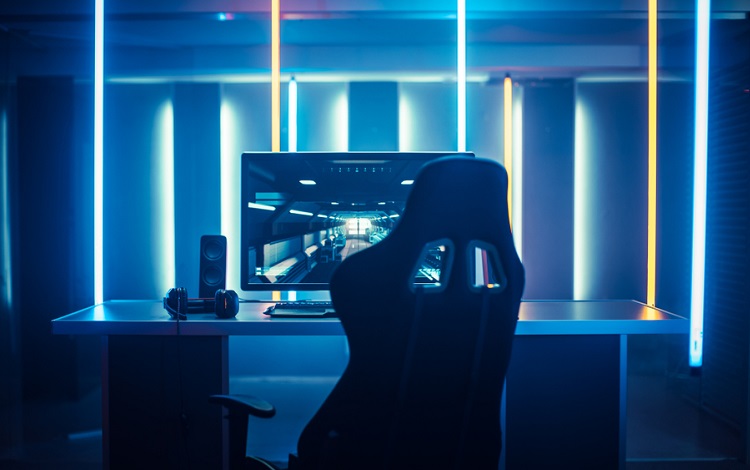
In this scaling mode, the visual from the games will be shown on the full screen of the panel. The problem is that the game would be stretched to fit the bigger size of the panel, which means you would see some kind of pixelated elements on the screen.
The only way to see if the scaling method is good for you is by turning the mode on and seeing it yourself. If the pixelated screen is ruining the graphical performance of the game, it is better to turn it off.
Center the Image
In this scaling mode, the original aspect ratio of the game will be kept, and the visual will be brought to the center of the screen. This mode is similar to the first method to some extent in that you can see black bars on some sides of the screen.
However, unlike the preserve aspect ratio method, you would be able to see the black bars on all the sides of the panel. In comparison, the Center the Image method can provide the most straightforward gameplay from an indie title.
As you can see, all of these scaling methods have their advantages and disadvantages. For instance, you can see that the black boxes on the side are a common issue. Now, when it comes to choosing the right scaling mode for a specific game, you have to check each of them individually.
While some games may work fine in the Full-Size scaling mode, some may perform very erratically. On the other hand, the other two ways work well almost every time.
Should I Override the Scaling Mode Set by Games and Programs?
You can override the scaling mode set by games and programs, but the question is whether you’d need it.
Developers of games and programs understand the best scaling mode for the game. The overall design of the game, for instance, will be optimized according to this. In most cases, games and programs will be updated to reflect the industry’s changes.
On the other hand, if you are playing old or indie games, you should see if the game’s by-default design is working well on your computer. If it does not, you can always try to override the scaling mode and choose something like the full-size panel or center-image mode.
As we mentioned, while these modes have some pros and cons, they can offer a better gameplay experience in the long run.
Conclusion
We hope we cleared your common doubts regarding GPU scaling and how to enable it. We can give you a piece of advice: you should not expect GPU scaling to improve the graphical performance of a given game magically.
However, if you are dealing with a set of games, you may see some improvement in gameplay performance. But, after all, it is a trial-and-error method at best.
